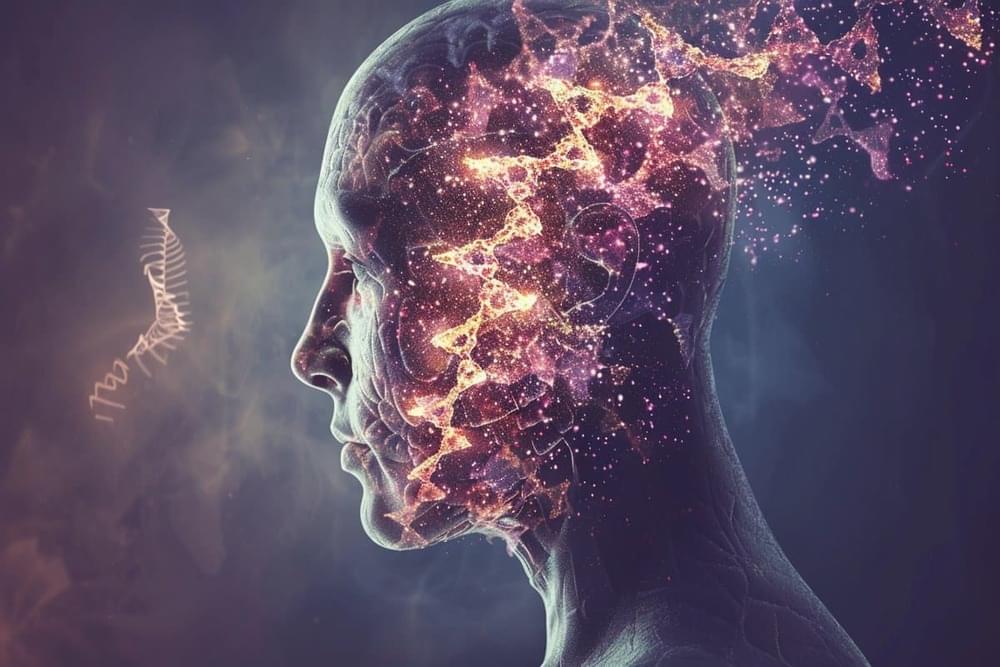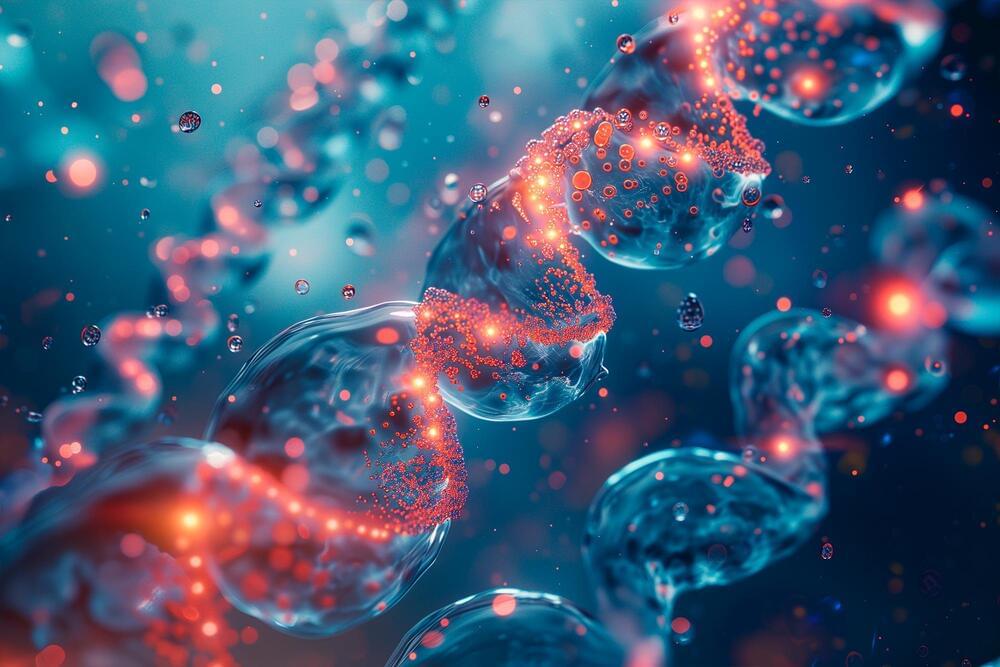This video is part of the open course “Neuroscience for machine learners”. Find out more at https://neuro4ml.github.io/
Get the latest international news and world events from around the world.


Insights into Black Hole Feeding: Polarized Light Studies of Sgr A*
“Along with Sgr A* having a strikingly similar polarization structure to that seen in the much larger and more powerful M87* black hole, we’ve learned that strong and ordered magnetic fields are critical to how black holes interact with the gas and matter around them,” said Dr. Sara Issaoun.
A recent study published in The Astrophysical Journal Letters discusses the most recent image of the supermassive black hole, Sagittarius A* (Sgr A•, which is located approximately 27,000 light-years from Earth at the center of the Milky Way Galaxy. These new images that were obtained by Event Horizon Telescope (EHT) Collaboration are the first to identify the magnetic field lines of Sgr A* and comes after EHT first obtained images of Sgr A* in 2022. This study, which consists of more than 150 co-authors, holds the potential to help astronomers better understand the compositions of supermassive black holes throughout the universe.
For the study, the collaborative team of researchers used EHT to measure polarized light emitted by Sgr A*, which not only revealed the magnetic field lines for the first time, but also gained valuable insight into the properties and behavior of the magnetic field, as well. This study comes after astronomers previously identified the supergiant elliptical galaxy, M87*, was emitting powerful jets at nearly the speed of light after astronomers had discovered it also had large magnetic field lines. Therefore, researchers hope this recent study could produce the same long-term result.

DNA Damage and Inflammation Key to Memory Formation
Summary: Researchers unveiled a groundbreaking discovery that DNA damage and brain inflammation are vital processes for forming long-term memories, particularly within the brain’s hippocampus.
Contrary to previous beliefs associating inflammation with neurological diseases, this study highlights inflammation’s critical role in memory formation through the activation of the Toll-Like Receptor 9 (TLR9) pathway following DNA damage in hippocampal neurons.
These findings not only challenge conventional views on brain inflammation but also caution against indiscriminate inhibition of the TLR9 pathway, given its importance in memory encoding and the potential risks of genomic instability.

Unlocking TNA: Researchers Develop Artificial Building Blocks of Life
Groundbreaking research has led to the creation of threofuranosyl nucleic acid (TNA), offering enhanced stability and therapeutic potential, with applications in drug delivery and diagnostics.
The DNA carries the genetic information of all living organisms and consists of only four different building blocks, the nucleotides. Nucleotides are composed of three distinctive parts: a sugar molecule, a phosphate group, and one of the four nucleobases adenine, thymine, guanine, and cytosine. The nucleotides are lined up millions of times and form the DNA double helix, similar to a spiral staircase.
Breakthrough in Nucleic Acid Research.

Antibody therapy makes the immune systems of old mice young again
A novel antibody therapy makes the immune system of old mice appear younger, allowing the animals to better fend off infections and reduce inflammation.
By Grace Wade


Is Eye Movement in Autism Tied to Facial Recognition?
Some teens with autism use a different set of eye-movement patterns than their peers without autism while recognizing faces, say researchers at Yale Child Study Center (YCSC).
In a new data analysis, YCSC researchers including James McPartland, PhD, and Jason Griffin, PhD, found teens with autism…
Eye movements are part of the process of telling people apart and could provide information to clinicians about how people with autism process social information differently from non-autistic persons.

Genetic secrets from 4,000-year-old teeth illuminate the impact of changing human diets over the centuries
Researchers at Trinity College Dublin have recovered remarkably preserved microbiomes from two teeth dating back 4,000 years, found in an Irish limestone cave. Genetic analyses of these microbiomes reveal major changes in the oral microenvironment from the Bronze Age to today. The teeth both belonged to the same male individual and also provided a snapshot of his oral health.

Construction of dual heterogeneous interface between zigzag-like Mo-MXene nanofibers and small CoNi@NC nanoparticles
Two-dimensional transition metal carbides (MXene) possess attractive conductivity and abundant surface functional groups, providing immense potential in the field of electromagnetic wave (EMW) absorption. However, high conductivity and spontaneous aggregation of MXene suffer from limited EMW response. Inspired by dielectric–magnetic synergy effect, the strategy of decorating MXene with magnetic elements is expected to solve this challenge.